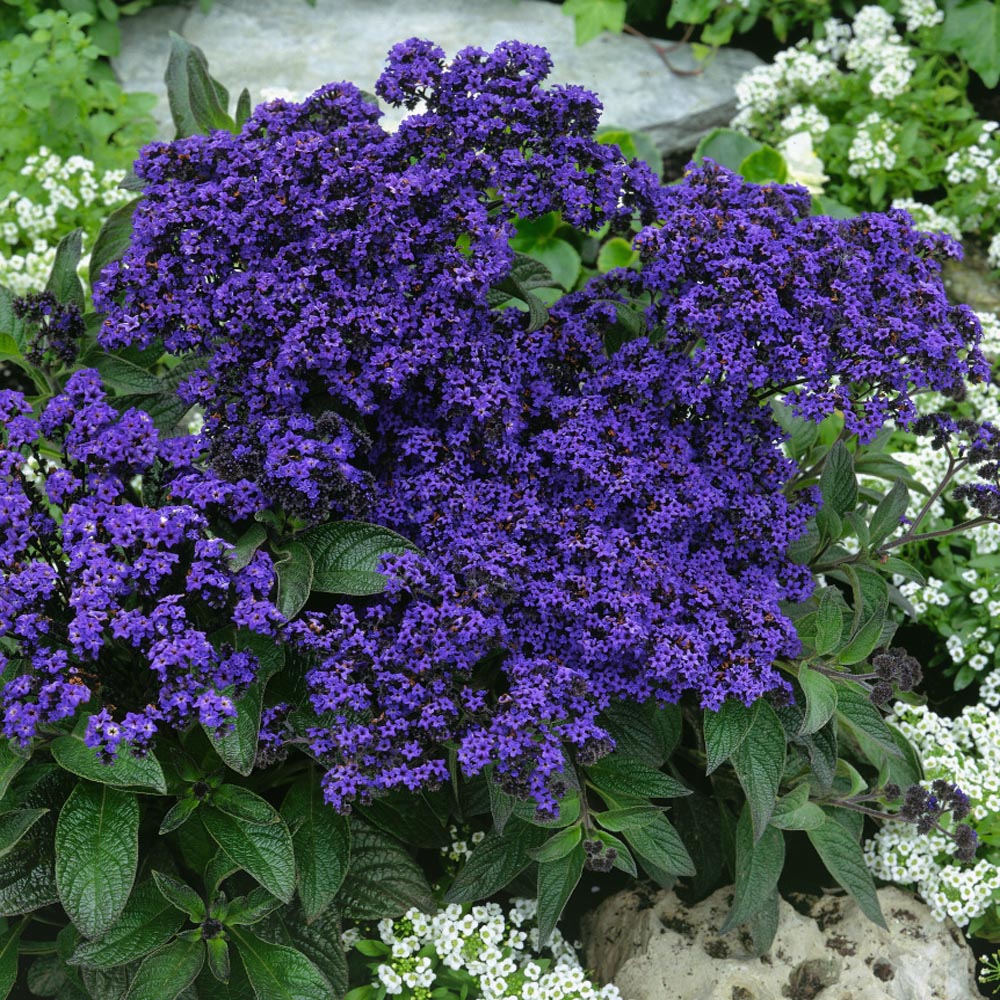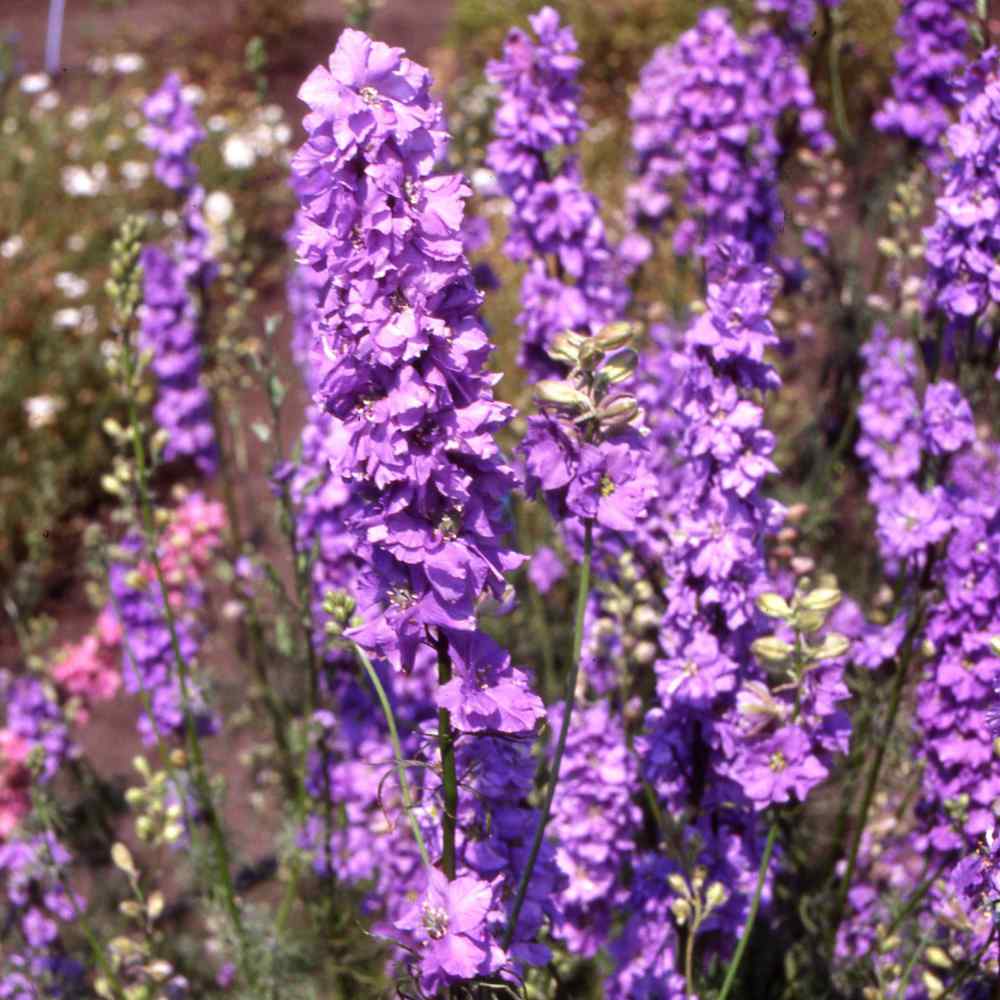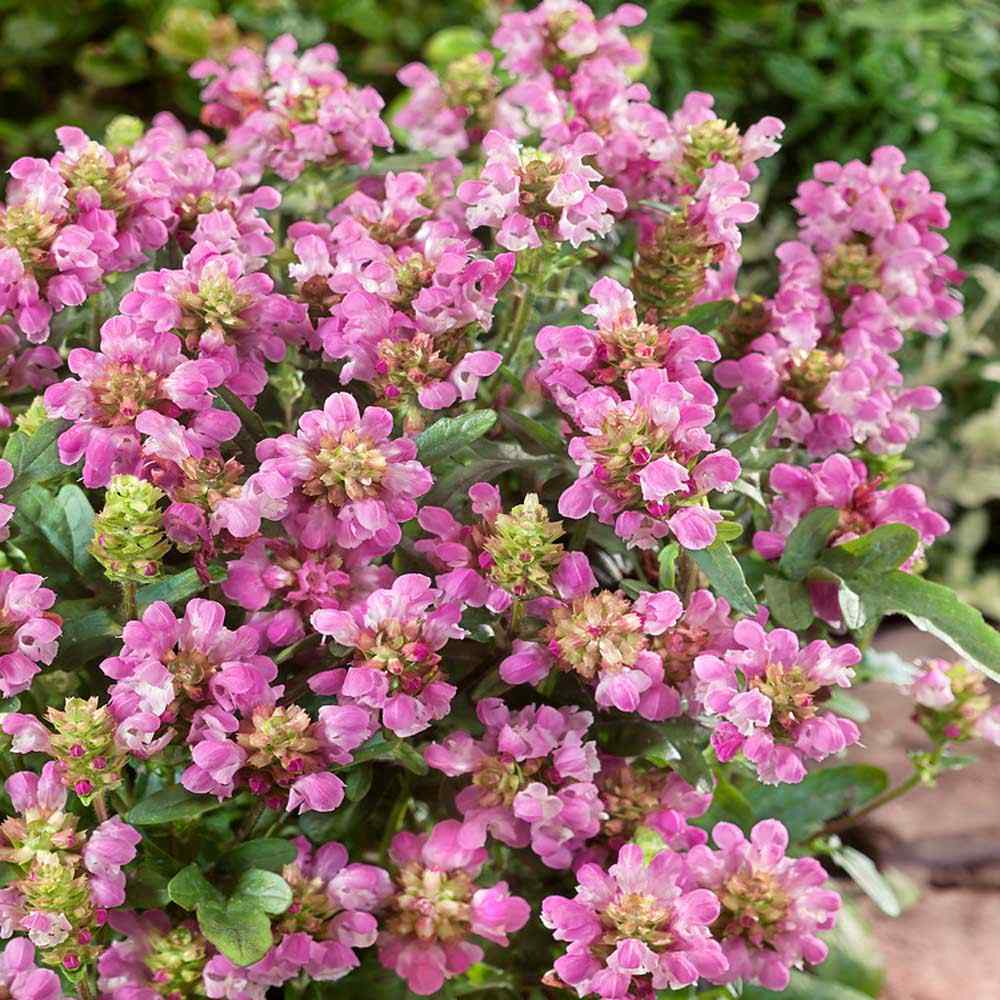
Heliotrope Planting and Care Guide
Quick Facts About Heliotrope
Heliotrope is a tender perennial that grows as an annual in regions colder than USDA zone 9. It produces clusters of vivid flowers that are reminiscent of vanilla in scent. These flowers are effective at attracting pollinators.
Planting Time
Heliotrope seeds are best started indoors 10-12 weeks before the end of frost season.

Planting Location
Plant Heliotrope in an area of full sun in average soil that is well-drained. Ideal soil will also be lightly-amended with organic matter.
How to Grow Heliotrope
- To start indoors, use trays or small pots filled with a seed starter mix. Sow 3-4 seeds per plant at a depth of 1/8 inch.
- If sowing directly outdoors, first prepare a seedbed by breaking up soil and removing weeds.
- Keep seeds lightly moist until germination, maintaining a temperature of 70-75F degrees. Under proper conditions, these seeds should germinate in 2-4 weeks.
- Once indoor seedlings have their first few sets of true leaves, they can be transplanted outdoors after all frost danger has passed.
- Before transplanting seedlings into the garden, it's essential to "harden them off". This involves acclimating young plants to outdoor conditions by placing them in a sheltered outdoor area for about a week. Initially, shield them from strong winds and direct sunlight. If there's a risk of frost overnight, either cover the plants or bring them indoors, then return them outside in the morning. This hardening off method helps strengthen the plant's cell structure, minimizing transplant shock and sun damage.

Care And Maintenance
- Keep weeds under control during the growing season. Weeds compete with plants for water, space and nutrients, so control them by either cultivating often or use a mulch to prevent their seeds from germinating.
- Mulches play a vital role in preserving soil moisture and ensuring consistent soil temperatures. When it comes to annuals, using organic mulch made from shredded leaves not only enhances the appearance of the bed but also enriches the soil as it decomposes over time. Remember to keep mulch away from the plant stems to avoid potential rot issues.
- Heliotrope should be watered fairly consistently, not allowing the soil to dry out between waterings.
- Heliotrope is a heavy feeder, and it should be fertilized regularly throughout the growing season. Use a high phosphorus mix according to labelled directions.
- Spring growth can be pinched back a few inches in order to produce a bushier plant.




































